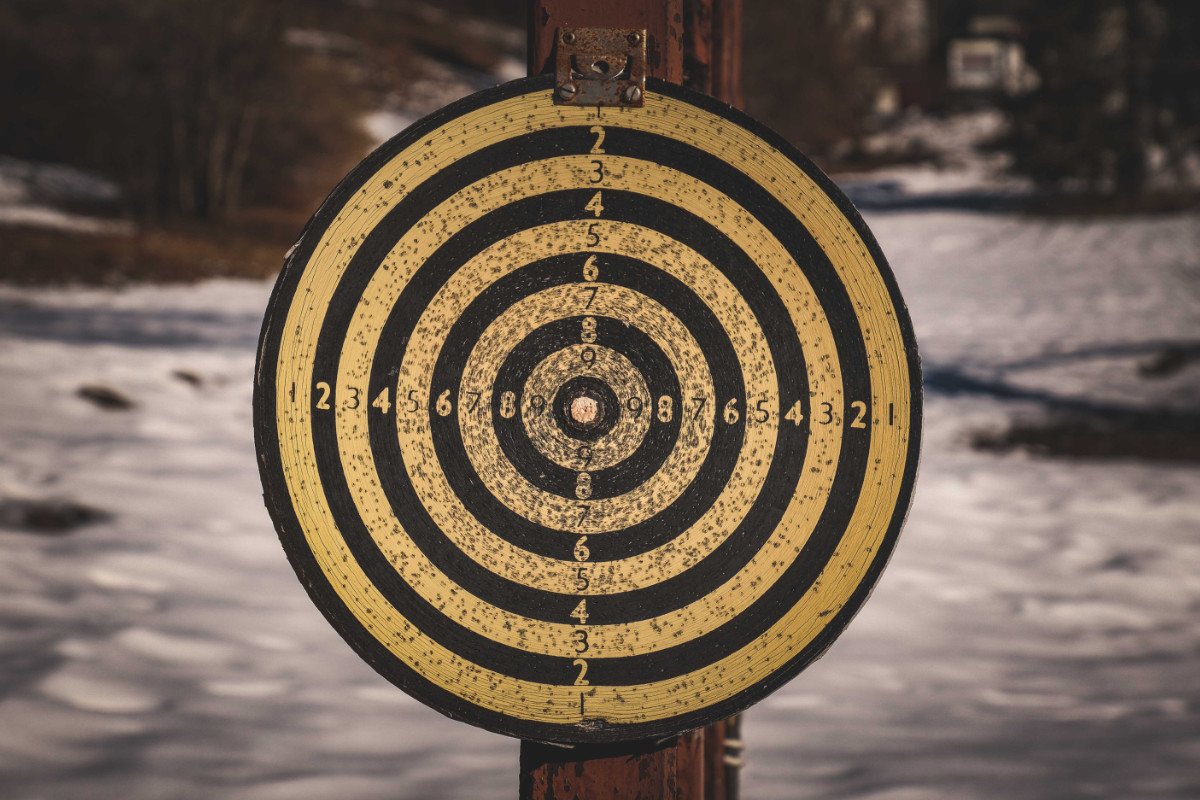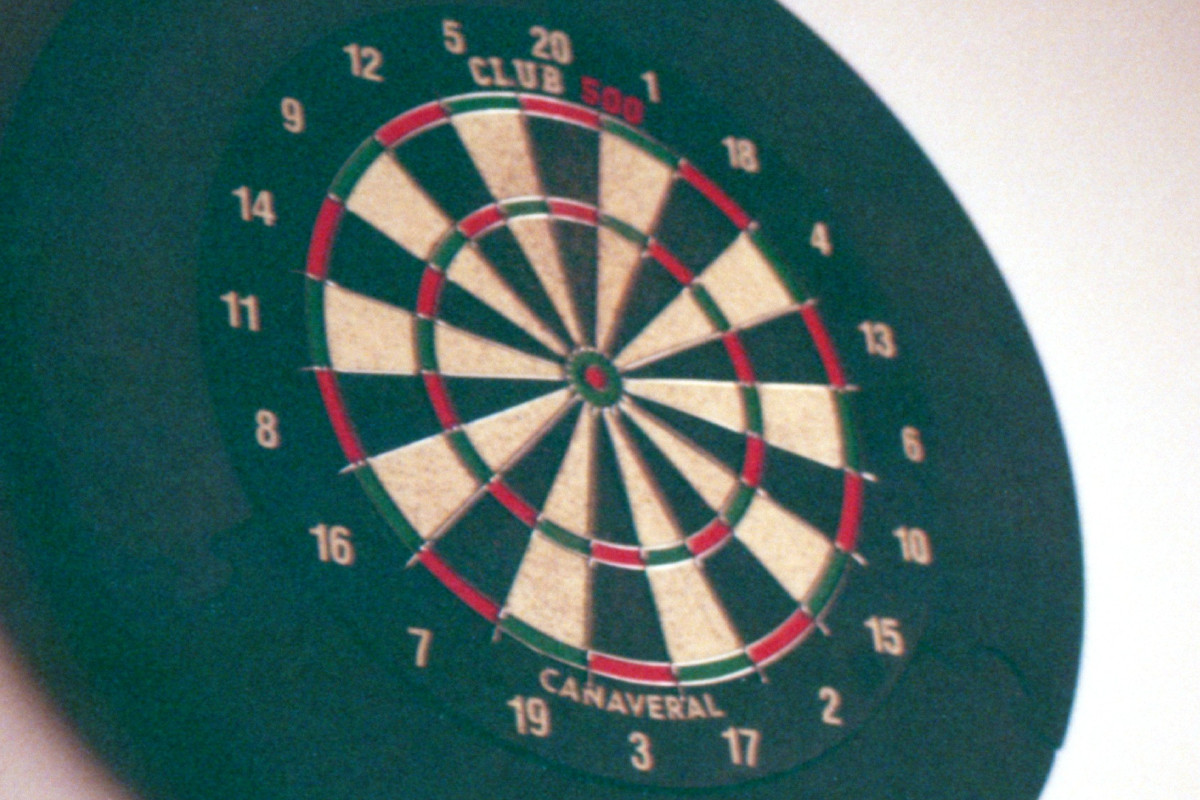If you’ve ever stepped up to the line to take your turn in a game of darts, you may have heard the term ‘oche’ being thrown around. This term, pronounced as ‘ockey,’ refers to the line behind which a player must stand to throw their darts. But where did this term come from? What’s the history behind it? Today, we will unravel the mysteries surrounding the term ‘oche’ in darts.
What is an Oche?
An oche is the throw line in a game of darts, typically 7 feet 9.25 inches away from the dartboard in standard setups. The word is used universally in dart competitions, and understanding its origins can offer a glimpse into the cultural history of the game itself.
Theories Behind the Origin of the Term ‘Oche’
While the term is widely used, its origins are shrouded in ambiguity. Here are some popular theories:
- The Old English Theory: Some believe the term originates from Old English, where ‘oche’ means ‘a notch or a groove,’ which could be a literal description of the throw line.
- The Beer Crate Theory: Another popular legend is that the term originated from the beer crates that were originally used to mark the throw line in pubs where darts were played.
- The Phonetic Theory: A simpler theory posits that ‘oche’ is merely a phonetic interpretation of the term ‘hockey,’ which was used to describe the line in earlier games similar to darts.
How Did ‘Oche’ Become Widely Accepted?
The term was popularized and gained international recognition in the 1970s and 1980s during televised darts competitions. Its usage became standardized as the sport of darts grew in popularity, and today, it’s hard to imagine a game of darts without referring to the oche.
Why the Term ‘Oche’ Matters
The use of the term ‘oche’ is more than just a quirky linguistic element of the game; it serves as a symbol of darts’ rich history and cultural significance. Knowing its origins also adds an extra layer of appreciation for long-time enthusiasts and new players alike.
Conclusion
Though its origins may be ambiguous, the term ‘oche’ is deeply rooted in the lexicon of darts. Understanding the possible histories behind it provides not just knowledge but also a deeper appreciation for the game. As you step up to the oche for your next turn, you’ll have this added layer of historical context to enrich your experience.



